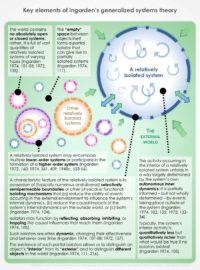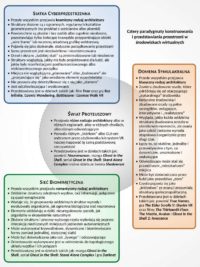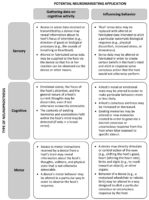
In Digital Ecosystems: Society in the Digital Age, edited by Łukasz Jonak, Natalia Juchniewicz, and Renata Włoch, pp. 85-98 • Warsaw: Digital Economy Lab, University of Warsaw, 2016
ABSTRACT: For many employees, ‘work’ is no longer something performed while sitting at a computer in an office. Employees in a growing number of industries are expected to carry mobile devices and be available for work-related interactions even when beyond the workplace and outside of normal business hours. In this article it is argued that a future step will increasingly be to move work-related information and communication technology (ICT) inside the human body through the use of neuroprosthetics, to create employees who are always ‘online’ and connected to their workplace’s digital ecosystems. At present, neural implants are used primarily to restore abilities lost through injury or illness, however their use for augmentative purposes is expected to grow, resulting in populations of human beings who possess technologically altered capacities for perception, memory, imagination, and the manipulation of physical environments and virtual cyberspace. Such workers may exchange thoughts and share knowledge within posthuman cybernetic networks that are inaccessible to unaugmented human beings. Scholars note that despite their potential benefits, such neuroprosthetic devices may create numerous problems for their users, including a sense of alienation, the threat of computer viruses and hacking, financial burdens, and legal questions surrounding ownership of intellectual property produced while using such implants. Moreover, different populations of human beings may eventually come to occupy irreconcilable digital ecosystems as some persons embrace neuroprosthetic technology, others feel coerced into augmenting their brains to compete within the economy, others might reject such technology, and still others will simply be unable to afford it.
In this text we propose a model for analyzing how particular neuroprosthetic devices will either facilitate human beings’ participation in new forms of socioeconomic interaction and digital workplace ecosystems – or undermine their mental and physical health, privacy, autonomy, and authenticity. We then show how such a model can be used to create device ontologies and typologies that help us classify and understand different kinds of advanced neuroprosthetic devices according to the impact that they will have on individual human beings.
Read more





